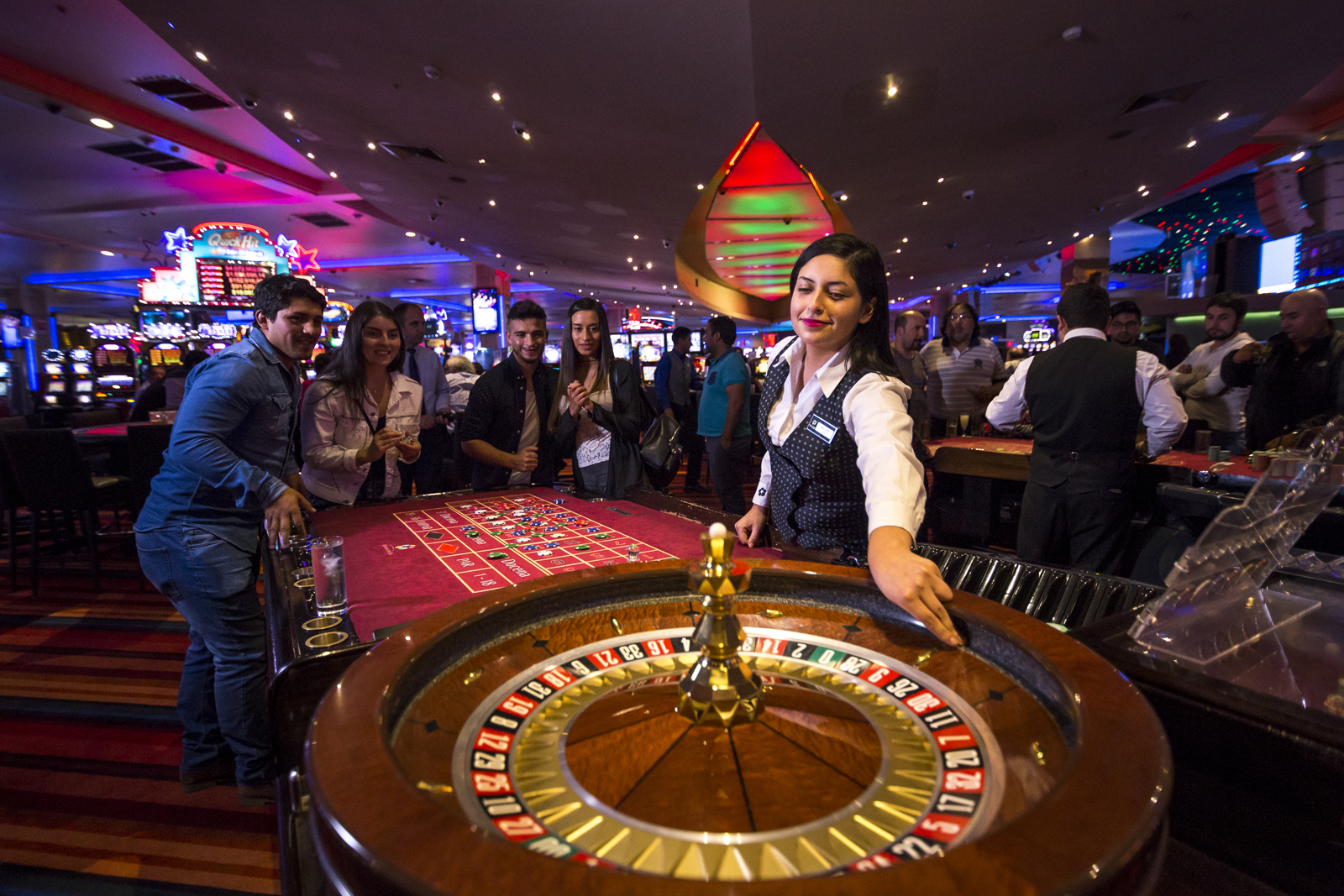In a dynamic and exciting world of casinos, wherein fortune and strategy intertwine, hues and aesthetic play a critical role in drawing in gamblers. As soon as visitors step inside a casino or access a gaming platform, they are enveloped in a visual feast that captures their attention and lures them to discover further. Bright colors, engaging graphics, and innovative layouts are meticulously crafted to create an atmosphere of excitement and expectation, ultimately enhancing the gaming experience.
As gamblers move through the ever-changing landscape of casino games, they encounter a range of designs that not only serve aesthetic purposes but also influence feelings and decision-making. Hues like red and gold symbolize wealth and fortune, while soothing navy and greens can create a more relaxed environment. Understanding how these elements function together enables casinos to create an inviting and stimulating atmosphere that encourages players to engage with the games, invest additional time at the tables, and boost their overall enjoyment.
The Study of Color in Casino Games

Color plays a critical role in the creation of gambling games, affecting players’ feelings and actions. liên minh KJC Bright and striking shades, such as scarlet and yellow, are often used to ignite excitement and attract focus. These hues create a feeling urgency and energy, encouraging participants to participate more eagerly with the game. By thoughtfully selecting tints, creators aim to inspire feelings of joy and anticipation, which can enhance the total player experience.
Various colors also have psychological associations that can affect how participants perceive their chances of victory. For instance, emerald is frequently associated with good fortune and prosperity, making it a well-liked choice in games like roulette and poker tables. This association can result participants to feel more optimistic and self-assured in their gameplay, ultimately motivating them to bet more. Comprehending these connections allows game designers to create environments that enhance player enjoyment and engagement.
Furthermore, the layout of casino game interfaces often uses gradients and opposing shades to guide player actions. For instance, winning outcomes may be accentuated with striking, differing hues, creating a visual incentive. This method reinforces favorable outcomes and supports repeated engagement. By leveraging the science of color, casinos can design games that not only attract participants but also keep them engaged and dedicated in their play experience.
Design Features that Attract Players
The visual appeal of gambling games is largely influenced by the implementation of bold colors. Bright and striking colors are deliberately chosen to create an inviting atmosphere that captures interest. For example, reds and golds often signify good fortune and prosperity, which is why they are prevalent in the palettes of slot machines and table surfaces. These colors not only attract players in, but they also evoke emotions related to thrill and anticipation, enhancing the total gaming experience.
In addition to color, the design and organization of gambling games play a significant role in player attraction. Games are designed to be user-friendly, ensuring that players can quickly understand the rules and mechanics. User-friendly interfaces, along with captivating graphics and animations, help maintain gamer interest and encourage longer play sessions. The physical elements, such as the texture of the controls and the audio of the games, also contribute to a comprehensive sensory experience that keeps players immersed.
In conclusion, conceptual elements in game design can greatly influence player choice. Many gambling games are inspired by popular culture, myths, or adventure themes, featuring symbols and characters that connect with players. These themes create a sense of engagement and relatability, making each game feel distinct. When players feel a bond to the theme, they are more likely to choose that game over others, leading to higher participation and enthusiasm within the gambling environment.
Case Studies: Notable Casino Game Designs
One prime example of successful gambling game design is the popular slot machine series themed around hit movies. Games such as those based on the The Wizard of Oz and Game of Thrones utilize bright colors and high-quality graphics to engage players in familiar narratives. The application of lively visuals and engaging sound effects takes the interest of players, creating an emotional connection to the theme. This strategy not just fosters longer play but also boosts the overall gaming experience, leading to increased player retention.
Another effective case is the use of color psychology in table games like 21 and roulette. Casinos often develop these games with deep reds and greens, colors traditionally linked with luck and wealth. For instance, the emerald felt on a 21 table provides a relaxing effect, while the crimson accents in roulette invite anticipation. This thoughtful use of color helps to establish an inviting atmosphere that stimulates players to engage, addressing their psychological impulses and enhancing their enjoyment.
Finally, social casino games that incorporate social features and vivid, colorful designs have experienced remarkable success in engaging players. Games like Zynga Poker and Slot-O-Mania leverage bright colors and playful animations to create an inviting online environment. The addition of leaderboards, community sharing options, and in-game rewards fosters competition and community, attracting players in for longer sessions. Such designs not just make the games visually enticing but also underscore social connectivity, a vital factor in player retention and engagement within online casino environments.